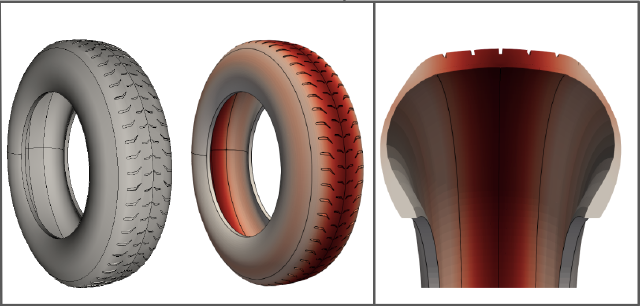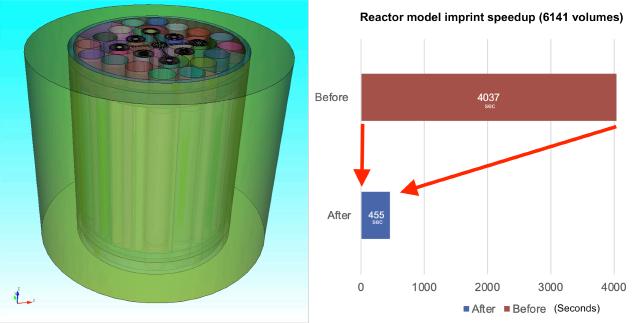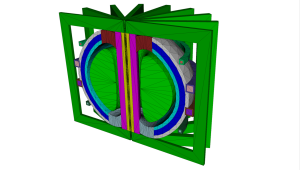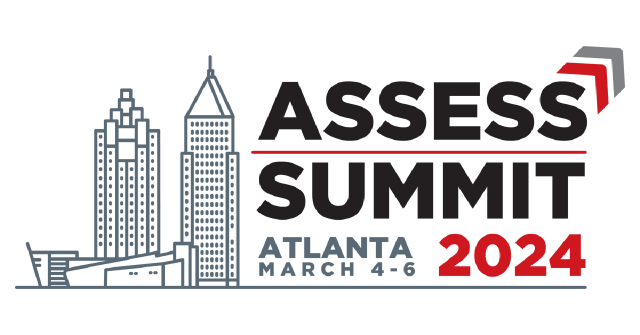Coreform wins Department of Energy grant to improve tire tread simulation
Neutronics on exact CAD geometry: advances in the Coreform Cubit DAGMC workflow
OREM, UTAH — The lastest release of Coreform Cubit, 2024.3, includes improvements that improve the neutronics simulation workflow with Coreform Cubit and OpenMC.
Published: 29 February 2024

The offical release of Coreform Cubit 2024.3 can now be downloaded at Coreform.com. The complete release notes can be found on our website. A free webinar is available to demonstrate the new DAGMC integration.
Introducing improvements to neutronics workflow
Coreform is pleased to announce Coreform Cubit 2024.3, which features many new capabilities and improvements for nuclear energy users. In 2023, Coreform Cubit introduced neutronics on CAD for the first time in any commercial software package. The Coreform Cubit neutronics workflow is based on the DAGMC workflow developed by Dr. Paul Wilson’s team at the University of Wisconsin as a long-time Cubit plugin. The new release includes significant speed and documentation improvements for enhanced ease of use and a more straightforward user experience.
The Coreform Cubit 2024.3 release includes other significant improvements for nuclear energy users. These include improved machine learning geometry preparation, support for Windows 11, and a greatly improved Python interface. 2024.3 also includes 2x-10x speed improvements in the imprint and merge workflow, one of the most-used features in Coreform Cubit.
Free webinar
Coreform is offering a free webinar to demonstrate the new features. Coreform Cubit 2024.3 includes speed and documentation improvements to neutronics workflows that leverage the Direct Accelerated Geometry Monte Carlo (DAGMC) functionality that allows for neutronics simulation directly on CAD data. The Coreform Cubit imprint command, used to ensure that DAGMC meshes are watertight, is now 2-10x faster on complex parts. The DAGMC documentation is also greatly improved.
In this webinar, Dr. Patrick Shriwise will introduce the newly documented DAGMC workflow and show how to quickly set up a model for neutronics in Coreform Cubit and run it in OpenMC.
Dr. Shriwise is a computational scientist at Argonne National Laboratory. He develops and performs research with OpenMC, an open-source continuous energy Monte Carlo particle transport code and DAGMC, an open-source toolkit for performing particle transport on CAD-based tessellation geometry.
Attend live to have your questions answered in real time.
Register for the webinar here.
br>
Follow us to get updates as we continue to improve:





